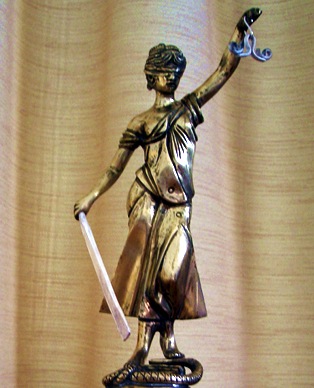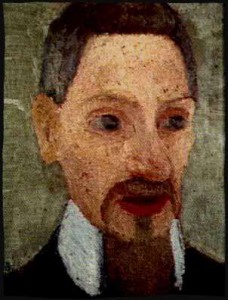“Do to others as you would have them do to you”. The golden rule (in some form or the other) is almost universal. And because it is found throughout different cultures and belief systems suggests that much of what we view as morality and ethics are innate to the human mind. But what are we born with, and what do we learn from culture? Is the golden rule necessary for successful social groups, so that cultures with the golden rule are more successful that ones that don’t have it? These two questions are fundamental to how we educate, particularly in a method such as Montessori’s that has such a strong moral dimension.
Maria Montessori herself came from a strong catholic background, but the success of her approach in so many different cultures does argue that, at least for the younger kids, the innate aspects of morality and needs of the child are most important. By the time students get to the Middle School, however, the influence of the local culture has become much more important.
Morality and culture affect students’ motivations and behavior, yet much of what is considered acceptable in many cultures conflict with the core Montessori principles of respect for oneself and for others. Much of popular American culture for example, is driven by television where moral messages can be decidedly mixed. How often is it appropriate to use violence (or even torture)? Television shows give decidedly different answers from Montessori. But there are many other, more subtle differences. As Montessori educators we will be faced with the question of what to do when Montessori philosophy differs from the beliefs of the student, their family and the larger culture.
My thoughts are that the “cosmic education” that is a part of the Montessori method should be based on the “universal” aspects of morality that can be shown to make for successful individuals and societies. Some interesting work by Jonathan Haidt at the University of Virginia looks at how certain systems of morality have contributed to the success of societies. As Nicholas Wade summarizes:
… natural selection and the survival of the fittest may seem to reward only the most selfish values. But for animals that live in groups, selfishness must be strictly curbed or there will be no advantage to social living. Could the behaviors evolved by social animals to make societies work be the foundation from which human morality evolved?
Haidt suggests there are “five innate and universally available psychological systems” of ethics, and different cultures add stories, virtues and ways of policing these ethics. The Moral Foundations Theory website has a good summary of the five systems, harm/care, fairness, loyalty, authority/respect and purity/sanctity. In a beautiful example of adding transparency and technology to scientific research, he even has a page for challenges to the theory. Each of the moral foundations these deserves separate consideration of how they evolved, how they benefit society, and how they mesh with Montessori philosophy.
Nicholas Wade has a good article on the subject and on Haidt’s work in the New York Times.


